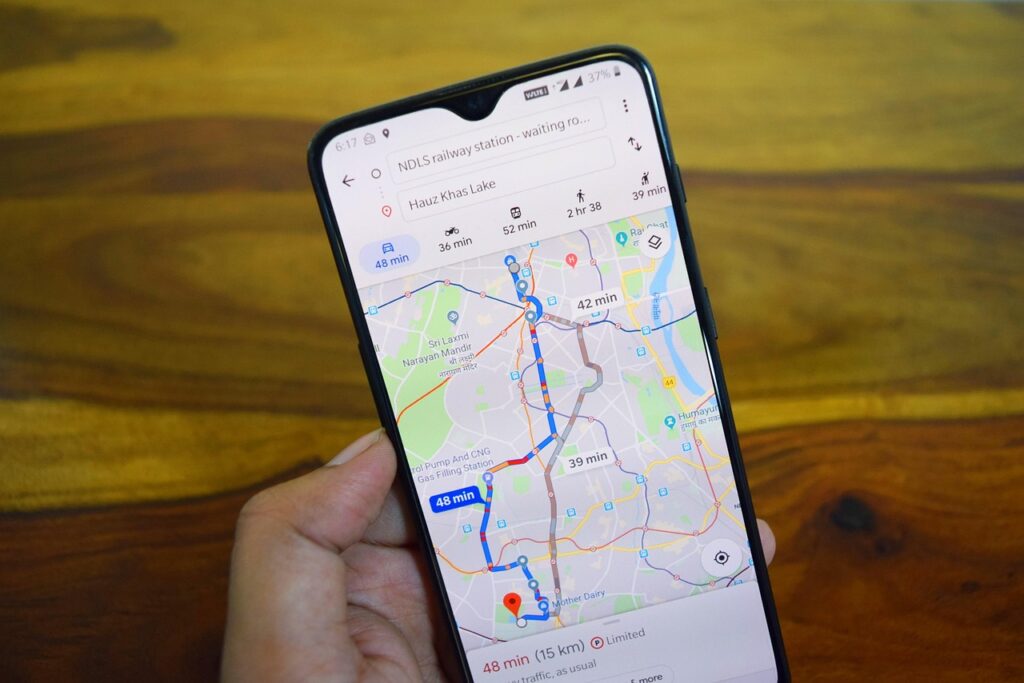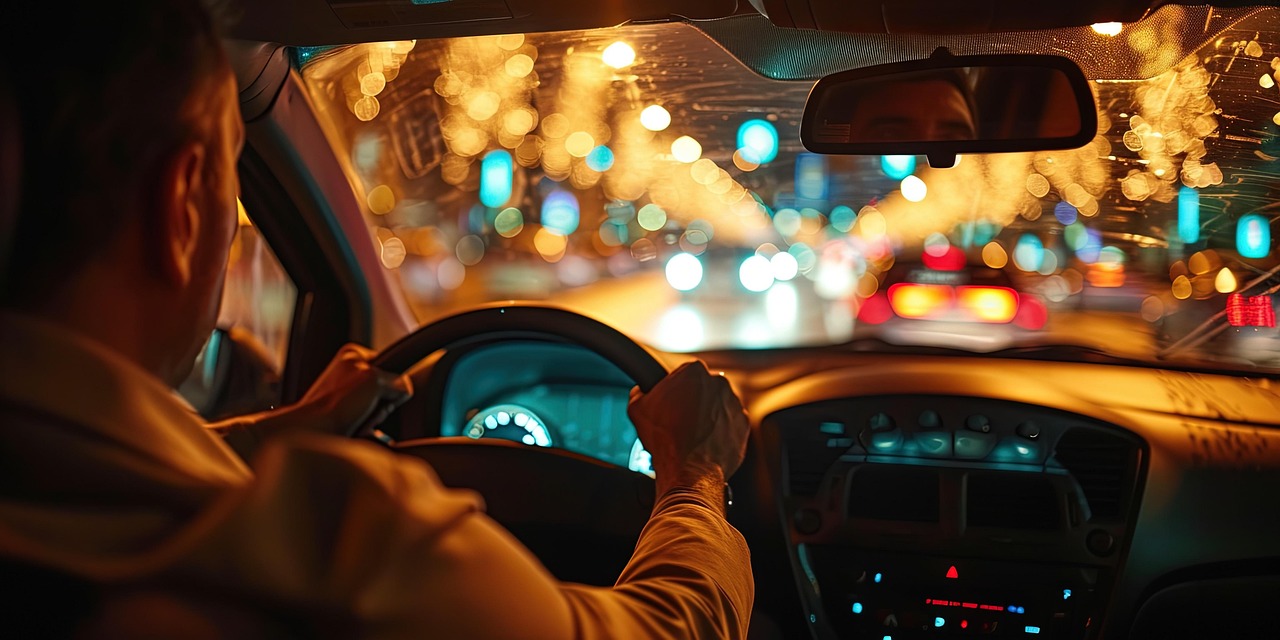I don’t travel nearly as much as I used to, for a variety of reasons. But I do still find myself using rideshare services from time to time, primarily when I fly out of town. They’re convenient and far cheaper than renting a car for a few days. But they aren’t without risk.
Just a week or so ago, I read one terrifying account from a woman whose rideshare driver had apparently taken a liking to her and conveniently missed a couple of exits on the route to her home. She was reluctant to contact 9-1-1 as she wasn’t sure if she was truly in any sort of danger.
So, she texted a friend, who then called her. The friend pretended to be an angry spouse demanding to know where she was, who she was with, and when she’d be home. As soon as this exchange occurred, the driver was suddenly able to find his way to the proper destination.
A few years ago, the FBI issued a warning about criminals who were using rideshare services to abduct minors. While these dangerous experiences are definitely the exception, they do happen, and it’s important to mitigate the risks as best you can.
Let’s run through some basic safety tips regarding using rideshare services.
Verify Your Driver
When you book a rideshare, you’re given the driver’s name, photo, and vehicle, including the license plate. When the car pulls up, double-check all of that information to ensure you’re getting into the right vehicle. You might go so far as to ask the driver, “Who are you here to pick up?” All of this is for safety, but also to prevent mistakes.
I was leaving an event a few years ago and was expecting an Uber to take me back to the airport. It had been arranged by the event promoter, and I hadn’t thought to ask for any details. The car pulled up and called, “Jim?” I got in and we headed off. The only thing I confirmed was that we were headed to the airport. Turns out, about 15 minutes later, we learned she’d picked up the wrong Jim.
Keep Others Informed

The major rideshare services offer an option through the app where you can let family or friends know your ride details, including your pickup and drop-off locations, the driver’s name and photo, and other information. They may even provide a live GPS feed showing your location as you travel. All of this goes a long way toward making sure someone outside the vehicle knows where you are and who you are with.
Be a Backseat Driver

If you sit in the backseat, you’ll have the option of getting out on either side of the vehicle. Should the need arise, you’re also in a better position to take action against the driver, as they can’t reach you as well as they could if you were sitting at their side.
Trust Your Gut
If something feels off, do something about it. Calling or texting 9-1-1 is an option, as is reaching out to family or friends to let them know what’s happening. There’s always the option of terminating the ride and telling the driver to pull over. If they refuse, that’s a good indicator something’s amiss.
Read the full article here








